Archives
- By thread 5369
-
By date
- June 2021 10
- July 2021 6
- August 2021 20
- September 2021 21
- October 2021 48
- November 2021 40
- December 2021 23
- January 2022 46
- February 2022 80
- March 2022 109
- April 2022 100
- May 2022 97
- June 2022 105
- July 2022 82
- August 2022 95
- September 2022 103
- October 2022 117
- November 2022 115
- December 2022 102
- January 2023 88
- February 2023 90
- March 2023 116
- April 2023 97
- May 2023 159
- June 2023 145
- July 2023 120
- August 2023 90
- September 2023 102
- October 2023 106
- November 2023 100
- December 2023 74
- January 2024 75
- February 2024 75
- March 2024 78
- April 2024 74
- May 2024 108
- June 2024 98
- July 2024 116
- August 2024 134
- September 2024 130
- October 2024 141
- November 2024 171
- December 2024 115
- January 2025 216
- February 2025 140
- March 2025 220
- April 2025 233
- May 2025 239
- June 2025 303
- July 2025 182
-
Your invitation: Join New Relic's user meetup in Amsterdam on 16 November
Hello,
I’m Harry Kimpel, Principal Developer Relations Engineer at New Relic, and I’d like to invite you to our next user meetup in Amsterdam. Join other local users at 2pm on Thursday 16th November at droog for food, drinks, swag, and of course—data talk. We’ll also wrap up the day with a boat trip along the canal with wine and cheese.
In this meetup, you’ll learn dev toolchain best practices connecting APM, infrastructure, and logs, in addition to next-gen telemetry: OTel, security and lAST. We’ll also show you around Grok, our new GenAI observability assistant, that translates human speak into queries, and query results into simple explanations. Get the latest on our product roadmap and new releases. There will be multiple giveaways on the day too.
AGENDA
- 2:00pm: Arrival, networking, and refreshments
- 2:30pm: What’s new and what’s next in observability
- 3.00pm: Data talks
- Convergence: security and IAST
- Connected: Dev toolchain: APM, infra and logs
- Next Gen Telemetry - OTel
- AI: New Relic generative AI and Grok
- 4:00pm: NRQL function of the day
- 4:15pm: All your questions answered by our experts
- 4:30pm: Enjoy a boat trip with cheese and wine along the canal
Share this invitation with your colleagues. Everyone is welcome.
We look forward to seeing you there!
Best regards,
Harry Kimpel,
Principal Developer Relations Engineer, EMEA
View this online · Unsubscribe
This email was sent to info@learn.odoo.com. If you no longer wish to receive these emails, click on the following link: Unsubscribe
by "Harry Kimpel" <emeamarketing@newrelic.com> - 04:05 - 7 Nov 2023 -
Innovative growers: A view from the top
Invest productively New from McKinsey Quarterly

Innovative growers: A view from the top
Invest productively 

This email contains information about McKinsey’s research, insights, services, or events. By opening our emails or clicking on links, you agree to our use of cookies and web tracking technology. For more information on how we use and protect your information, please review our privacy policy.
You received this email because you subscribed to our McKinsey Quarterly alert list.
Copyright © 2023 | McKinsey & Company, 3 World Trade Center, 175 Greenwich Street, New York, NY 10007
by "McKinsey Quarterly" <publishing@email.mckinsey.com> - 12:39 - 7 Nov 2023 -
Competition is fierce. How can consumer companies ‘rewire’ their enterprises to grow?
On Point
What high-performing operating models do
by "McKinsey On Point" <publishing@email.mckinsey.com> - 11:06 - 6 Nov 2023 -
Last Chance! API Management Best Practices [Webinar]
SmartBear
SmartBear recognized in 2023 Gartner® Magic Quadrant ™Hi Abul,
Understanding the complex API landscape and determining the right tools and resources for creating high-quality APIs can be a challenging task.
That's why we'd like to invite you to our upcoming webinar, where we'll discuss our placement in the Gartner® Magic Quadrant™ as a Visionary and how we're addressing your evolving needs to deliver top-notch API management tools.
In this webinar, we will dive into the following topics:
· The evolution to a gateway-agnostic API management strategy (aka "the great unbundling")
· Understanding the crucial role of internal and external API management
· A sneak peek into what’s coming from SmartBear in 2024Abby Myers
Growth MarketingSmartBear
 This email was sent to info@learn.odoo.com by SmartBear Software, 450 Artisan Way, Somerville, MA. 02145, 617684.2600, www.smartbear.com. We hope you found this email of interest. However, we value your privacy. If you do not wish to receive future correspondence from us, please click here to manage email preferences.
This email was sent to info@learn.odoo.com by SmartBear Software, 450 Artisan Way, Somerville, MA. 02145, 617684.2600, www.smartbear.com. We hope you found this email of interest. However, we value your privacy. If you do not wish to receive future correspondence from us, please click here to manage email preferences.
by "SmartBear API Team" <api-lifecyle-team@smartbearmail.com> - 09:44 - 6 Nov 2023 -
School Bus Tracking Software Equipped with Top-Notch Features to Safe Guard Students
School Bus Tracking Software Equipped with Top-Notch Features to Safe Guard Students
Get a 360-degree view of student attendance, pickups/drops, safety, driving patterns, routes, delays, etc.Our advanced school bus tracking software is designed to be user-friendly and cost-effective, making it an excellent choice for managing school bus operations.
Different Users Different apps

Key Features

Provide school buses with advanced tools to reduce workload and increase productivity.

Uffizio Technologies Pvt. Ltd., 4th Floor, Metropolis, Opp. S.T Workshop, Valsad, Gujarat, 396001, India
by "Uffizio Software Technologies Pvt Ltd" <sunny.thakur@uffizio.com> - 07:00 - 6 Nov 2023 -
Coming Dec 4-6: Take a deep dive into AI and HPC at this oneAPI DevSummit.
Coming Dec 4-6: Take a deep dive into AI and HPC at this oneAPI DevSummit.
Immerse yourself in this free two-day virtual event focused on cross-platform development and future technologies.
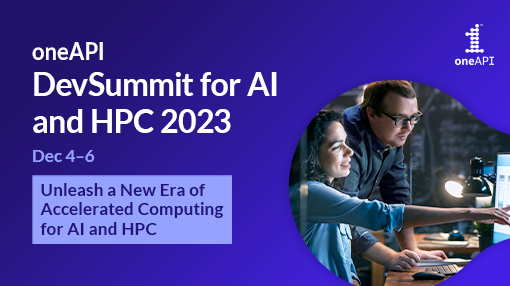


Onboarding Day: December 4, 9:00am – 10:30am CT
AI: December 5, 9:00am – 5:00pm CT
HPC: December 6, 9:00am – 3:30pm CTRegister now 
Are you a researcher, data scientist, or developer looking to build AI applications that seamlessly scale cross-architecture and edge-to-cloud? Perhaps you have an existing AI or HPC-based application and want to learn how oneAPI can help you quickly and efficiently optimize it for your hardware of choice?
If the answer is yes, join renowned industry experts for a deep dive into oneAPI cross-architecture software development spanning:
- AI and analytics using industry-standard frameworks and tools, performance-optimized by oneAPI
- What’s new with oneAPI, including the Intel® AI Analytics and HPC Toolkits
- Overviews of key performance analysis tools, including how to use them and where to get them
- The latest on the oneAPI specification
- Hands-on workshops
We hope to see you there!
Register now 





If you forward this email, your contact information will appear in any auto-populated form connected to links in this email.
This was sent to info@learn.odoo.com because you are subscribed to Events & Tradeshows. To view and manage your marketing-related email preferences with Intel, please click here.
© 2023 Intel Corporation
Intel Corporation, 2200 Mission College Blvd., M/S RNB4-145, Santa Clara, CA 95054 USA. www.intel.comPrivacy | Cookies | *Trademarks | Unsubscribe | Manage Preferences
by "Intel Developer Zone" <intel@plan.intel.com> - 01:26 - 6 Nov 2023 -
They’re not buying it: A leader’s guide to better marketing tactics
On the market Brought to you by Liz Hilton Segel, chief client officer and managing partner, global industry practices, & Homayoun Hatami, managing partner, global client capabilities
The vagaries of consumer sentiment are keeping marketers on their toes. Our recent research shows that in response to the US economy’s mixed signals, shoppers are behaving in contradictory ways: they are still spending but trading down to less expensive products, while splurging occasionally. And increasingly, consumers are omnichannel—they buy on the web, in physical stores, on social media, or through emails, apps, and other digital spaces. In this complex environment, leaders may find it challenging to identify the precise mix of marketing strategies for their target consumers. We’re here to help.
“Many C-suite members underestimate marketing’s potential to create growth, despite the rapid growth in marketing capabilities,” observe McKinsey senior partner Marc Brodherson and colleagues. For example, a fast-food company was spending $150 million a year on marketing, but its brand was almost “invisible,” in the view of its CEO. The solution was to hire a marketing leader with a clear mandate to innovate and use marketing to expand transactions and sales. By working with the finance function to quantify marketing’s impact, the chief marketing officer (CMO) was able to help the company accelerate its year-over-year top-line growth. “Companies with CEOs who view marketing and branding as one of their top two growth levers are much more likely to experience growth than those who do not,” note the McKinsey experts. “It’s imperative for CEOs and CMOs to prioritize the same metrics to ensure they are working toward the same objectives.”
That’s the number of possible ways to take an investor approach to marketing, according to McKinsey senior partners Julien Boudet, Kelsey Robinson, and their coauthors in a McKinsey Quarterly article on how marketing can strengthen resiliency. Marketing budgets are often the first to be cut during uncertain times, but this could be a mistake. A better move may be to adopt an investor mindset: trimming inefficient spending and reinvesting the savings in areas with greater potential for returns. A telecom company saved $65 million a year by streamlining its advertising agency model—it retained a few larger agencies for inspiration and ideas but set up an in-house agency and new partnerships for routine and low-cost work.
That’s McKinsey partner Dianne Esber and colleagues on what makes today’s marketing initiatives different from those of the past. “It’s less about changing what marketing does and more about transforming how the work is done,” they say. For example, traditional one-size-fits-all campaigns may need to be replaced by more nimble content creation that can be adjusted as needed. Marketers may also need to hire content producers and designers who are more data-savvy than was necessary in the past. Our research indicates that companies that successfully integrate data and creativity grow their revenues at twice the average rate of S&P 500 companies.
Forming unique, highly personalized connections with customers is a critical ingredient in marketing success. Long before generative AI made hyperpersonalization possible, executives at McDonald’s were digitizing the company’s restaurants to engage closely with customers. “We have the ability to personalize the menu through our outdoor digital menu boards,” says Daniel Henry, the former executive vice president and chief information officer at McDonald’s, in a discussion with McKinsey senior partner Naufal Khan. “The opportunities to personalize are powerful. How do we give the customer trending items? How do we merchandise to them in a targeted way?” Customers are at the heart of the company’s acquisitions, technology deployment, and data management practices, Henry adds. “When you’re a product-obsessed organization, you think about the consumer before the technology. Technology by itself means nothing.”
Many cross-cultural marketing gaffes have become the stuff of corporate legend. Urban myths or not, these faux pas illustrate that even the most sophisticated marketers can stumble when products and services are released internationally. Cultural differences can be subtle, unexpected, and nuanced across countries and regions, so a sweeping “Asia” or “Europe” marketing strategy is likely headed for failure. As the world’s consumer landscape undergoes dramatic shifts, companies may need to define their target markets with ever greater precision. For example, our research shows that in an urban setting, businesses must “continually adapt to evolving demographics and consumption patterns of cities—and even in neighborhoods within cities.”
Lead by marketing effectively.
— Edited by Rama Ramaswami, senior editor, New York
Share these insights
Did you enjoy this newsletter? Forward it to colleagues and friends so they can subscribe too. Was this issue forwarded to you? Sign up for it and sample our 40+ other free email subscriptions here.
This email contains information about McKinsey’s research, insights, services, or events. By opening our emails or clicking on links, you agree to our use of cookies and web tracking technology. For more information on how we use and protect your information, please review our privacy policy.
You received this email because you subscribed to the Leading Off newsletter.
Copyright © 2023 | McKinsey & Company, 3 World Trade Center, 175 Greenwich Street, New York, NY 10007
by "McKinsey Leading Off" <publishing@email.mckinsey.com> - 04:17 - 6 Nov 2023 -
APC Back-UPS Connect is here
Schneider Electric
East Asia Partner NewsletterAPC Back-UPS Connect is here!Continue connectivity with APC's Back-UPS connect to maximise you broadband availability.
Especially suitable for your distributed devices including your mesh Wi-Fi.
Smart UPS Ultra 10kWThe industry's smallest and lightest UPS from 2.2kW - 10kW to cover all your needs in edge deployment, with their unique ultra slim and flexible design.
Now available in 8kW and 10kW.
Access our training center!Complete your registration to mySchneider today to expand your knowledge on our products and solutions & stay up to date on industry trends.+ Lifecycle Services From energy and sustainability consulting to optimizing the life cycle of your assets, we have services to meet your business needs. Schneider Electric
46 Rungrojthanakul Building. 1st, 10th, 11th Floor, Ratchadapisek Road. Huaykwang
Bangkok - 10310, Thailand
Phone +662 617 5555© 2023 Schneider Electric, All Rights Reserved. Schneider Electric trademarks are owned by Schneider Electric or its affiliated companies in the United States and other countries. All other trademarks are property of their respective owners.
by "Schneider Electric" <reply@se.com> - 02:01 - 6 Nov 2023 -
When times are tough, marketing budgets are often cut. Here’s why that’s shortsighted.
On Point
How to think like a CFO Brought to you by Liz Hilton Segel, chief client officer and managing partner, global industry practices, & Homayoun Hatami, managing partner, global client capabilities
•
Financial blunders. When the business environment is unpredictable, executives may be tempted to prioritize short-term goals at the expense of longer-term growth. Reducing a company’s marketing budget during an economic downturn is one financial slipup that many leaders make, says one founder and CEO. Spending prudently makes sense, but marketing builds connections between brands and audiences. When the economy recovers, companies that haven’t invested in marketing may find that consumers have forgotten them. [Fast Company]
•
Think like a CFO. When times are tough, marketing is always one of the first items on the chopping block, McKinsey senior partner Kelsey Robinson shares on a recent edition of The McKinsey Podcast. Chief marketing officers (CMOs) who realize that effective marketing actually propels growth will apply an investor mindset to marketing. That means thinking a little more like a CFO, Robinson explains. Eliminating inefficient spend can lead to most companies saving 10% to 20% without even cutting the budget. Those dollars can be reinvested in high-growth marketing strategies.
— Edited by Belinda Yu, editor, Atlanta
Introducing Insights to Impact
Be among the first to subscribe to this free newsletter delivering a weekly roundup of analysis that’s influencing decision makers. Each Friday, we’ll offer insights across geographies, industries, and capabilities to help leaders identify new opportunities to spur innovation and growth, sustainably.
Click to subscribeThis email contains information about McKinsey's research, insights, services, or events. By opening our emails or clicking on links, you agree to our use of cookies and web tracking technology. For more information on how we use and protect your information, please review our privacy policy.
You received this email because you subscribed to the On Point newsletter.
Copyright © 2023 | McKinsey & Company, 3 World Trade Center, 175 Greenwich Street, New York, NY 10007
by "McKinsey On Point" <publishing@email.mckinsey.com> - 01:43 - 6 Nov 2023 -
The week in charts
The Week in Charts
Microaggressions in the workplace, unspent federal relief funds, and more Share these insights
Did you enjoy this newsletter? Forward it to colleagues and friends so they can subscribe too. Was this issue forwarded to you? Sign up for it and sample our 40+ other free email subscriptions here.
This email contains information about McKinsey's research, insights, services, or events. By opening our emails or clicking on links, you agree to our use of cookies and web tracking technology. For more information on how we use and protect your information, please review our privacy policy.
You received this email because you subscribed to The Week in Charts newsletter.
Copyright © 2023 | McKinsey & Company, 3 World Trade Center, 175 Greenwich Street, New York, NY 10007
by "McKinsey Week in Charts" <publishing@email.mckinsey.com> - 03:14 - 4 Nov 2023 -
EP84: Top 12 Tips for API Security
EP84: Top 12 Tips for API Security
This week’s system design refresher: *BIG* Announcement: We’ve launched an Instagram account Top 12 Tips for API Security Our Recommended Materials For Cracking Your Next Tech Interview (Youtube video) How To Release A Mobile App Git Vs Github *BIG* Announcement: We’ve launched an Instagram account Forwarded this email? Subscribe here for moreLatest articles
If you’re not a paid subscriber, here’s what you missed this month.
The 6 Most Impactful Ways Redis is Used in Production Systems
The Tech Promotion Algorithm: A Structured Guide to Moving Up
To receive all the full articles and support ByteByteGo, consider subscribing:
This week’s system design refresher:
*BIG* Announcement: We’ve launched an Instagram account
Top 12 Tips for API Security
Our Recommended Materials For Cracking Your Next Tech Interview (Youtube video)
How To Release A Mobile App
Git Vs Github
*BIG* Announcement: We’ve launched an Instagram account
We will post more instagram reels, shorts and diagrams
If you're interested in seeing more, make sure to subscribe to our Instagram account here: https://www.instagram.com/bytebytego/
Top 12 Tips for API Security
Use HTTPS
Use OAuth2
Use WebAuthn
Use Leveled API Keys
Authorization
Rate Limiting
API Versioning
Whitelisting
Check OWASP API Security Risks
Use API Gateway
Error Handling
Input Validation
😘 Kiss bugs goodbye with fully automated end-to-end test coverage (Sponsored)
QA Wolf offers a cost-effective approach to getting 80% test coverage in just 4 months. And they guarantee zero flakes.
They build and maintain your test suite in Playwright + include unlimited parallel test runs on their infrastructure. The benefit? No more manual e2e testing, no more slow QA cycles, and no more bugs.
QA Wolf has multiple case studies of customers saving $200k+/year in QA engineering and infrastructure costs. Schedule a demo to learn more.
PS: They have a 4.8/5 star rating on G2.
Our Recommended Materials For Cracking Your Next Tech Interview
How To Release A Mobile App
The mobile app release process differs from conventional methods. This illustration simplifies the journey to help you understand.
Typical Stages in a Mobile App Release Process:
Registration & Development (iOS & Android):
- Enroll in Apple's Developer Program and Google Play Console as iOS and Android developer
- Code using platform-specific tools: Swift/Obj-C for iOS, and Java/Kotlin for AndroidBuild & Test (iOS & Android):
Compile the app's binary, run extensive tests on both platforms to ensure functionality and performance. Create a release candidate build.QA:
- Internally test the app for issue identification (dogfooding)
- Beta test with external users to collect feedback
- Conduct regression testing to maintain feature stabilityInternal Approvals:
- Obtain approval from stakeholders and key team members.
- Comply with app store guidelines and industry regulations
- Obtain security approvals to safeguard user data and privacyApp Store Optimization (ASO):
- Optimize metadata, including titles, descriptions, and keywords, for better search visibility
- Design captivating screenshots and icons to entice users
- Prepare engaging release notes to inform users about new features and updatesApp Submission To Store:
- Submit the iOS app via App Store Connect following Apple's guidelines
- Submit the Android app via Google Play Console, adhering to Google's policies
- Both platforms may request issues resolution for approvalRelease:
- Upon approval, set a release date to coordinate the launch on both iOS and Android platforms
Over to you:
What's the most challenging phase you've encountered in the mobile app release process?Git Vs Github
Dive into the fascinating world of version control.
First, meet Git, a fundamental tool for developers. It operates locally, allowing you to track changes in your code, much like taking snapshots of your project's progress. This makes collaboration with your team a breeze, even when you're working on the same project.
Now, let's talk about GitHub. It's more than just a platform; it's a powerhouse for hosting Git repositories online. With GitHub, you can streamline team collaboration and code sharing.
Learning Git and GitHub is a fundamental part of software engineering, so definitely try your best to master them.Latest articles
Here are the latest articles you may have missed:
To receive all the full articles and support ByteByteGo, consider subscribing:
Like
Comment
Restack
© 2023 ByteByteGo
548 Market Street PMB 72296, San Francisco, CA 94104
Unsubscribe
by "ByteByteGo" <bytebytego@substack.com> - 11:37 - 4 Nov 2023 -
The state of women at work: Progress and opportunities
Plus, how financial institutions can reinvent themselves While women have been making strides in the C-suite, workplaces have a long way to go before achieving true gender parity, according to the latest Women in the Workplace report, coauthored by McKinsey’s Emily Field, Alexis Krivkovich, and Lareina Yee, in partnership with LeanIn.Org. This month’s featured report looks at the common myths about women’s workplace experiences and career advancement, the specific biases and barriers faced by Asian, Black, Latina, and LGBTQ+ women and women with disabilities, and clear solutions that organizations can implement to make meaningful progress toward gender equality. Other highlights in this month’s issue include the following topics:

Global Banking Annual Review 2023: The Great Banking Transition
Banking profits are up, thanks to rising interest rates, but financial institutions globally need to reinvent themselves in the face of major structural and macroeconomic shifts.
5 priorities
Gen AI and the future of work
Generative AI is front and center for nearly every industry and is poised to change just about everything. What will it mean for your workers?
Dive deeper
Global Energy Perspective 2023
In an evolving energy landscape, our Global Energy Perspective 2023 provides insights into long-term trends that will shape the energy transition.
Imagine what’s possible
Global Trade Explorer
To navigate a more complex and challenging era requires deeper understanding of the full picture of the evolution of global trade flows and the interdependencies and networks created by them.
Enter our digital experience
Courageous growth: Six strategies for continuous growth outperformance
Fewer than one in four companies outpace their industry peers on revenue and profit growth. New McKinsey research reveals the six mindsets and strategies that set these growth outperformers apart.
6 strategies
How to gain and sustain a competitive edge through transformation
Our latest research confirms that a comprehensive approach to transformation, which enables mindset and behavior changes at scale, is crucial to success—including when it comes to outperforming peers.
7 actions
McKinsey Explainers
Find direct answers to complex questions, backed by McKinsey’s expert insights.
Learn more
McKinsey Themes
Browse our essential reading on the topics that matter.
Get up to speed
McKinsey on Books
Explore this month’s best-selling business books prepared exclusively for McKinsey Publishing by Circana.
See the lists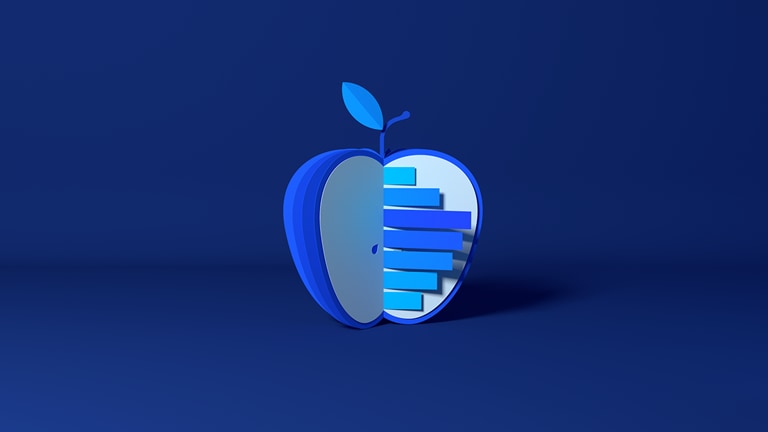
McKinsey Chart of the Day
See our daily chart that helps explain a changing world—as we strive for sustainable, inclusive growth.
Dive in
McKinsey Classics
Is artificial intelligence as prone to bias as the real thing it emulates? Read our 2017 classic “Controlling machine-learning algorithms and their biases” to learn more.
Rewind
Leading Off
Our Leading Off newsletter features revealing research and inspiring interviews to empower you—and those you lead.
Subscribe now— Edited by Eleni Kostopoulos, managing editor, New York
Share these insights
Did you enjoy this newsletter? Forward it to colleagues and friends so they can subscribe too. Was this issue forwarded to you? Sign up for it and sample our 40+ other free email subscriptions here.
This email contains information about McKinsey's research, insights, services, or events. By opening our emails or clicking on links, you agree to our use of cookies and web tracking technology. For more information on how we use and protect your information, please review our privacy policy.
You received this email because you are a registered member of our Monthly Highlights newsletter.
Copyright © 2023 | McKinsey & Company, 3 World Trade Center, 175 Greenwich Street, New York, NY 10007
by "McKinsey Highlights" <publishing@email.mckinsey.com> - 11:03 - 4 Nov 2023 -
Meet the zero consumer
The Shortlist
Four new insights Curated by Liz Hilton Segel, chief client officer and managing partner, global industry practices, & Homayoun Hatami, managing partner, global client capabilities
We understand the challenges of the C-suite, and we’re committed to helping CEOs, both present and future, do the best they can—for their organizations and for the environment. In this edition, we look at what it will take to get to net zero, sonic superpowers, and more. We hope you enjoy the read.
—Liz and Homayoun
Phygital. Quick commerce. RMNs. Zero clue what we’re talking about? These are all ways to reach a rapidly growing group we’re calling zero consumers. Why zero? These shoppers have zero boundaries as to where they shop; zero interest in the midrange, preferring to scrimp and splurge; zero brand loyalty; and they commit to brands working to achieve net zero.
Learn four ways organizations can zero in on this diverse and expanding segment in ‘Zero consumers’: What they want and why it matters, a new article by Resil Das, Surbhi Kalia, and Dymfke Kuijpers.Product and platform is not plug and play. More and more companies in every industry are switching the operating model for their technology teams to so-called product and platform, an organizational approach adopted from technology firms. It’s a key takeaway from organizations that are rewiring to outcompete. But getting it right isn’t easy.
Clear a path for your digital transformation with The big product and platform shift: Five actions to get the transformation right, by Rushabh Gala, Naufal Khan, Ling Lau, Gautam Lunawat, and Anindita Pal.COP is coming. This year, the conference will review the first-ever global stocktake, a report on the progress the world has made toward net zero. As we brace for some tough news, it’s worth revisiting the McKinsey Global Institute’s estimate of what’s at stake in The net-zero transition: What it would cost, what it could bring, our flagship climate report.
Sounds like a superpower. The CEO of Bose told us why she thinks the company’s devotion to sound quality sets it apart: “Sound is not an accessory or something we do on the side: it’s everything we do.” That’s the kind of focus we’ve discovered is characteristic of companies with superpowers.
Here’s some noise you won’t want to cancel: Leading through disruption requires ‘the gene for change,’ an interview with Lila Snyder.
We hope you find these ideas inspiring and helpful. See you in two weeks with four more McKinsey insights for the CEO and others in the C-suite.Share these insights
This email contains information about McKinsey’s research, insights, services, or events. By opening our emails or clicking on links, you agree to our use of cookies and web tracking technology. For more information on how we use and protect your information, please review our privacy policy.
You received this email because you subscribed to The CEO Shortlist newsletter.
Copyright © 2023 | McKinsey & Company, 3 World Trade Center, 175 Greenwich Street, New York, NY 10007
by "McKinsey CEO Shortlist" <publishing@email.mckinsey.com> - 04:50 - 3 Nov 2023 -
Are you struggling to keep up with generative AI? Here’s a quick take.
On Point
Gen AI in 15 charts Brought to you by Liz Hilton Segel, chief client officer and managing partner, global industry practices, & Homayoun Hatami, managing partner, global client capabilities
•
An evolving workplace. Many executives believe that AI’s cognitive capabilities could reach those of humans in a few years’ time. As talent shortages persist, business leaders are considering how their organizations can generate value without as many workers, a US professor shares. Envisioning a future with fewer workers may be faulty, however, as leaders who think only of immediate gains might miss the bigger picture of how entire parts of the business may need to be reimagined. Leaders could instead consider how the workforce will evolve with AI, and what new skills workers will need to acquire. [HBR]
•
So many questions. Ever since ChatGPT made its public debut, businesses have been racing to capture its value. While previous waves of automation technology mostly affected physical work activities, gen AI is likely to have the biggest effect on knowledge work, particularly activities involving decision making and collaboration, find global leader of McKinsey Digital Rodney Zemmel and coauthors. It’s no wonder so many questions are now being asked, including what kinds of jobs gen AI will most affect and how workers feel about the technology.
— Edited by Katherine Tam, editor, New York
Introducing Insights to Impact
Be among the first to subscribe to this free newsletter delivering a weekly roundup of analysis that’s influencing decision makers. Each Friday, we’ll offer insights across geographies, industries, and capabilities to help leaders identify new opportunities to spur innovation and growth, sustainably.
Click to subscribeThis email contains information about McKinsey's research, insights, services, or events. By opening our emails or clicking on links, you agree to our use of cookies and web tracking technology. For more information on how we use and protect your information, please review our privacy policy.
You received this email because you subscribed to the On Point newsletter.
Copyright © 2023 | McKinsey & Company, 3 World Trade Center, 175 Greenwich Street, New York, NY 10007
by "McKinsey On Point" <publishing@email.mckinsey.com> - 01:23 - 3 Nov 2023 -
The Indian travel market, corporate venture capital, resilient leadership, and more big reads for the weekend
Unwind with these reads Brought to you by Liz Hilton Segel, chief client officer and managing partner, global industry practices, & Homayoun Hatami, managing partner, global client capabilities
QUOTE OF THE DAY
chart of the day
Ready to unwind?
—Edited by Joyce Yoo, editor, New York
Share these insights
Did you enjoy this newsletter? Forward it to colleagues and friends so they can subscribe too. Was this issue forwarded to you? Sign up for it and sample our 40+ other free email subscriptions here.
This email contains information about McKinsey's research, insights, services, or events. By opening our emails or clicking on links, you agree to our use of cookies and web tracking technology. For more information on how we use and protect your information, please review our privacy policy.
You received this email because you subscribed to our McKinsey Global Institute alert list.
Copyright © 2023 | McKinsey & Company, 3 World Trade Center, 175 Greenwich Street, New York, NY 10007
by "McKinsey Daily Read" <publishing@email.mckinsey.com> - 12:29 - 3 Nov 2023 -
Forward Thinking on why we ignore inflation—from ancient times to the present—at our peril with Stephen King
Focus on what matters New from McKinsey Global Institute

Forward Thinking on why we ignore inflation—from ancient times to the present—at our peril with Stephen King
Focus on what matters Prefer audio? Listen to the podcast, and explore past episodes of the Forward Thinking podcast. Subscribe via Google Podcasts, Apple Podcasts, Spotify, or Amazon Music.

Why you can’t tread water when inflation is persistently high

This email contains information about McKinsey's research, insights, services, or events. By opening our emails or clicking on links, you agree to our use of cookies and web tracking technology. For more information on how we use and protect your information, please review our privacy policy.
You received this email because you subscribed to our McKinsey Global Institute alert list.
Copyright © 2023 | McKinsey & Company, 3 World Trade Center, 175 Greenwich Street, New York, NY 10007
by "McKinsey Global Institute" <publishing@email.mckinsey.com> - 12:57 - 2 Nov 2023 -
Kubernetes: When and How to Apply It
Kubernetes: When and How to Apply It
Welcome back! In the first part of our Kubernetes deep dive, we covered the fundamentals - Kubernetes' architecture, key components like pods and controllers, and core capabilities like networking and storage. Now, we'll dive into the practical side of Kubernetes. You'll learn when and how to apply Kubernetes based on your application needs and team skills. We'll explore advanced features, benefits and drawbacks, use cases where Kubernetes excels, and situations where it may be overkill. Forwarded this email? Subscribe here for moreThis is a sneak peek of today’s paid newsletter for our premium subscribers. Get access to this issue and all future issues - by subscribing today.
Latest articles
If you’re not a subscriber, here’s what you missed this month.
The 6 Most Impactful Ways Redis is Used in Production Systems
The Tech Promotion Algorithm: A Structured Guide to Moving Up
To receive all the full articles and support ByteByteGo, consider subscribing:
Welcome back! In the first part of our Kubernetes deep dive, we covered the fundamentals - Kubernetes' architecture, key components like pods and controllers, and core capabilities like networking and storage.
Now, we'll dive into the practical side of Kubernetes. You'll learn when and how to apply Kubernetes based on your application needs and team skills. We'll explore advanced features, benefits and drawbacks, use cases where Kubernetes excels, and situations where it may be overkill.
By the end, you'll have a starting roadmap to putting Kubernetes into practice safely and successfully. Let's get started!
Kubernetes' Declarative Architecture
One of Kubernetes' key strengths is its declarative architecture. With declarative APIs, you specify the desired state of your application and Kubernetes handles reconciling the actual state to match it.
The Declarative Model
For example, to deploy an application, you would create a Deployment resource (discussed in the last issue) that declares details like:
The Deployment resource declares the desired state:
Use the nginx 1.16 image
Run 3 replicas
Match pods by app=my-app label
Kubernetes then handles all the underlying details of actually deploying and scaling your app based on your declared spec.
This is different from an imperative approach that would require step-by-step commands to deploy and update.
Custom Resource Definition
A key benefit of this architecture is extensibility. Kubernetes is designed to watch for new resource types and seamlessly handle them via declarative APIs. No modifications to Kubernetes itself are needed. Developers can create Custom Resource Definitions for new resource types that work just like built-ins.
Here is a simple example of Custom Resource Definition:
This defines a new App resource under mycompany.com/v1. It could be used like:
The declarative model enables powerful automation capabilities. Controllers can monitor resource specs and automatically adjust them as needed. For example, the HorizontalPodAutoscaler tracks metrics like CPU usage and scales Deployments up or down in response. The Cluster Autoscaler modulates node counts based on pod resource demands.
While Kubernetes does support imperative commands like kubectl run, these are less extensible and do not integrate with Kubernetes' automation capabilities as seamlessly. Using declarative APIs provides significant advantages in terms of extensibility, portability and self-service automation.
Advanced Built-in Resources
Kubernetes provides many built-in resources that leverage its declarative architecture to make managing applications easier. Some examples:
Ingress resources allow declarative configuration of external access to Kubernetes services. This leverages extensibility by introducing a custom resource to abstract the implementation details of exposing services. Different Ingress controllers can be implemented for various environments like Nginx, ALB, Traefik etc. This separation of concerns enables portability.
ConfigMaps provide a native Kubernetes way to inject configuration data into pods. ConfigMaps hold key-value data that can be mounted or set as environment variables. This allows separation of configuration from code/images. Pods directly consume ConfigMaps. This integrates configuration natively via Kubernetes' extensible API.
Role-Based Access Control (RBAC) introduces custom resources like Roles, RoleBindings and ClusterRoles. These combine to form access policies which enable granular permissions. RBAC deeply integrates declarative authorization into the Kubernetes API via admission control and enforcement.
Third-party Add-ons
In addition, a vibrant ecosystem of add-ons use Kubernetes APIs to extend functionality. Here are a few popular examples:
Helm introduces charts, which package YAML templates to declaratively manage complex, configurable applications. Charts can be hosted in repositories like package managers for easy sharing and installation. Helm effectively extends Kubernetes as an application platform.
Prometheus integrates via custom resources like ServiceMonitors for dynamic target discovery and autoscaling based on custom metrics. The Prometheus Operator and controllers leverage the extensible API to simplify monitoring, alerts and autoscaling.
Istio injects proxies for traffic control, observability and security using extensibility mechanisms like custom resources, controllers and admission webhooks. This layers on advanced features without changing code.
Argo CD utilizes custom resources, controllers, CRDs, webhooks and operators to enable GitOps workflows on Kubernetes. It models CD concepts through declarative APIs and reconciles state through automation.
Kubernetes lets you fully customize your system configuration. Everything is set up through Kubernetes resources and add-ons that you define. So you can shape the platform to your specific needs, rather than being constrained by predefined options.
Kubernetes gives you common building blocks that you can combine in creative ways to meet your use cases. This open, programmable design means you can develop novel applications that even the original developers didn't think of.
Benefits and Drawbacks of Kubernetes
Kubernetes has become hugely popular due to the many benefits it offers, but like any technology, it also comes with some downsides that need careful evaluation. Below we dive into the key pros and cons of Kubernetes
The Main Benefits
Infrastructure Efficiency
One benefit of Kubernetes is how well it lets you manage resources on a large scale. By automatically scheduling containers across nodes, and features like auto-scaling and self-healing, Kubernetes makes sure resources are used optimally. It adjusts smoothly based on demand, starting up or shutting down resources as needed. This not only saves money from better resource use, but also guarantees applications have the right resources to run smoothly.
Enhanced Developer Productivity
By handling many infrastructure tasks like scaling and deployments automatically, Kubernetes frees developers from having to spend as much time on those tasks. This lets developers focus their time and energy on writing application code rather than worry about infrastructure details. This boosts developer productivity once Kubernetes is set up.
Easy Scalability
A key advantage of Kubernetes is how easily it allows applications to scale up and down based on real-time demand. This makes sure resources are used efficiently while performing well during traffic spikes. The auto-scaling is especially useful for applications with changing workloads.
Application Portability
Kubernetes provides a consistent deployment experience whether you run applications on-premises, in the public cloud, or hybrid. This makes it easy to move applications between environments and reduces dependency on any single cloud provider.
Consistent Environments
Kubernetes provides the same standardized environment for your code in development, testing and production. This reduces bugs from inconsistencies between environments. Developers and QA engineers get a reliable testing environment that closely matches production.
Resilience
Kubernetes provides capabilities that allow developers to build highly resilient applications, such as automatic scaling, rolling updates, and redundancy across regions. However, these resilience capabilities need to be purposefully implemented using Kubernetes' flexible architecture.
Large Ecosystem
The active open source community around Kubernetes has created many tools, plugins, extensions and resources that make it customizable for diverse uses. Help and support are readily available.
Vendor Neutral
With support for diverse infrastructure both on-premises and across public clouds, Kubernetes prevents locking into a single vendor. You have flexibility to choose suitable infrastructure for your needs.
The Main Drawbacks
Complexity
The biggest downside of Kubernetes is its complexity.
The extensive capabilities of Kubernetes also make it complex, especially for production-grade deployments with many moving parts working in concert. It demands significant expertise to set up and manage properly.
Ongoing management and troubleshooting also requires specialized engineering skills. Misconfigurations can easily take down applications deployed on Kubernetes.
For smaller teams without deep DevOps skills, this complexity can outweigh the benefits. The learning curve is steep, especially for those new to large-scale distributed systems.
Resource Overheads
Running Kubernetes comes with overhead resource costs. A Kubernetes control plane requires a certain baseline level of resources.
For smaller applications or organizations just starting out, these overhead costs may not justify the benefits. The resources required to run Kubernetes would be excessive.
The human resources required to properly operate Kubernetes also imposes overhead costs. At high scale, dedicated teams are needed to manage Kubernetes infrastructure full-time.
For many smaller teams, these operational costs are difficult to justify. The break-even point at which Kubernetes efficiency pays off is higher.
Security Concerns
Securing a Kubernetes environment is challenging given the platform's many configurable parts. It requires solid expertise and constant vigilance to lock down properly.
Resource Underutilization
While Kubernetes aims to optimize resource usage, improper configuration can also lead to overprovisioning and waste. Right-sizing cluster resources based on actual utilization is critical.
Upgrade Headaches
Keeping Kubernetes clusters up-to-date requires careful planning and execution to minimize application downtime and maintain compatibility during upgrades.
Limited Support for Stateful Apps
While optimized for stateless workloads, Kubernetes does provide capabilities to support stateful applications through features like StatefulSets, persistent volumes, and affinity/anti-affinity. While support for stateful apps like databases is improving, running them on Kubernetes still involves additional complexity.
Our Take
Kubernetes offers immense benefits but also comes with drawbacks. It excels for large-scale, distributed applications that require portability across environments, high availability, and operational efficiency. But it also introduces complexity and resource overheads.
As with all engineering decisions, tradeoffs must be evaluated based on application needs and team constraints. Both the technical pros and cons along with business considerations like costs and capabilities drive the appropriate decision.
Use Cases for Kubernetes
Kubernetes shines for large-scale, complex applications. But is it a good fit for every workload? Let's examine key use cases where Kubernetes excels and also where it may be overkill.
Keep reading with a 7-day free trial
Subscribe to
ByteByteGo Newsletterto keep reading this post and get 7 days of free access to the full post archives.A subscription gets you:
An extra deep dive on Thursdays Full archive Many expense it with team's learning budget Like
Comment
Restack
© 2023 ByteByteGo
548 Market Street PMB 72296, San Francisco, CA 94104
Unsubscribe
by "ByteByteGo" <bytebytego@substack.com> - 11:37 - 2 Nov 2023 -
New Relic named an APM Leader by GigaOm
New Relic
 November 2023
November 2023New Relic named an APM Leader by GigaOm New Relic is named a Leader in the GigaOm 2023 Radar for APM report! Read why our platform is recognized for its leading execution and value, providing full-stack observability through 30+ connected capabilities and 700+ integrations.
Learn more  When a data breach happens, the company is held responsible for security mismanagement, however, all developers can contribute to protecting data exposure in their applications with the proper training and tools. In this blog, you’ll learn how sensitive data can be leaked through logs, and how you can use New Relic’s log obfuscation feature to protect sensitive data.
When a data breach happens, the company is held responsible for security mismanagement, however, all developers can contribute to protecting data exposure in their applications with the proper training and tools. In this blog, you’ll learn how sensitive data can be leaked through logs, and how you can use New Relic’s log obfuscation feature to protect sensitive data.
Domino’s UK takes an academic approach to methodically build an SRE function, reduce errors, and improve engineering speed.Useful Reads If you’re running on Amazon Web Services (AWS), you need the ability to optimize performance and constantly improve your operations, making the monitoring of AWS resources essential. To understand the benefits and functionalities of sending AWS Metric Streams data to New Relic, check out the blog to learn more.
If you’re running on Amazon Web Services (AWS), you need the ability to optimize performance and constantly improve your operations, making the monitoring of AWS resources essential. To understand the benefits and functionalities of sending AWS Metric Streams data to New Relic, check out the blog to learn more.
EMEA New Relic user meetups are back! Join our next round of EMEA user meetups for an afternoon of food, drinks, swag and of course - data talk! Our local engineers will take you through the latest updates and best practices in Dev toolchain, APM, Infra and Logs - and dig into a wider range of your topic requests from the past few meetups. We’ll also share exclusive insight into the latest news and releases straight from New Relic’s annual flagship conference, FutureStack 2023. Happening in Amsterdam, Dubai, Berlin, Madrid, Stockholm & Paris.Upcoming Webinars
Join our next round of EMEA user meetups for an afternoon of food, drinks, swag and of course - data talk! Our local engineers will take you through the latest updates and best practices in Dev toolchain, APM, Infra and Logs - and dig into a wider range of your topic requests from the past few meetups. We’ll also share exclusive insight into the latest news and releases straight from New Relic’s annual flagship conference, FutureStack 2023. Happening in Amsterdam, Dubai, Berlin, Madrid, Stockholm & Paris.Upcoming Webinars
Register for this online workshop on 23rd November at 10 AM GMT/ 11 AM CET to learn about dashboard design strategies, accessing best-in-class templates, and get hands-on creating powerful charts and writing NRQL queries for visualizing trends, and correlating different data sets. In this hands-on workshop, you’ll get to elevate your dashboard skills to help visualize systems, business performance, and make data driven decisions.
Register here
End-of-Life Announcements
NrUsage and NrDailyUsage events (extended to December 1, 2023)
- NrUsage and NrDailyUsage events will no longer be logged to New Relic since they are duplicative of NrConsumption/NrCustomerConsumption events. Please use NrConsumption/NrCustomerConsumption events instead.
- Please switch alerts, dashboards, and monitors to leverage NrConsumption/NrCustomerConsumption events before December 1, 2023.
- For more details, please see here.
- To learn how to create queries and alerts for your New Relic billing-related usage, please see here.
Need help? Let's get in touch.



This email is sent from an account used for sending messages only. Please do not reply to this email to contact us—we will not get your response.
This email was sent to info@learn.odoo.com Update your email preferences.
For information about our privacy practices, see our Privacy Policy.
Need to contact New Relic? You can chat or call us at +44 20 3859 9190.
Strand Bridge House, 138-142 Strand, London WC2R 1HH
© 2023 New Relic, Inc. All rights reserved. New Relic logo are trademarks of New Relic, Inc
Global unsubscribe page.
by "New Relic" <emeamaketing@newrelic.com> - 07:07 - 2 Nov 2023 -
Who are ‘zero consumers’ and what do they want?
On Point
How consumer behavior is shifting Brought to you by Liz Hilton Segel, chief client officer and managing partner, global industry practices, & Homayoun Hatami, managing partner, global client capabilities
•
India’s growing market. By 2027, India is expected to become the world’s third-largest consumer market, rising from its current position as fifth largest, a UK-based research firm has found. Due in part to a robust youth population that will likely spend sizably on consumer electronics, real household spending may increase nearly 30%, reaching about $3 trillion over the next four years. Per capita household spending in India, at 7.8% year over year, is set to outperform other economies in Asia such as Indonesia and Thailand. [CNBC]
•
The ‘zero consumer.’ You’re likely to be a “zero consumer” even if you might not call yourself one. Zero consumers are omnichannel shoppers. They scrimp and splurge at the same time, they’re not loyal to brands, and they care about health and sustainability. Zero consumers are everywhere in Asia, but they are a global phenomenon as well—and companies that don’t pay close attention to them could soon become irrelevant, McKinsey senior partner Dymfke Kuijpers and coauthors share.
— Edited by Belinda Yu, editor, Atlanta
Introducing Insights to Impact
Be among the first to subscribe to this free newsletter delivering a weekly roundup of analysis that’s influencing decision makers. Each Friday, we’ll offer insights across geographies, industries, and capabilities to help leaders identify new opportunities to spur innovation and growth, sustainably.
Click to subscribeThis email contains information about McKinsey's research, insights, services, or events. By opening our emails or clicking on links, you agree to our use of cookies and web tracking technology. For more information on how we use and protect your information, please review our privacy policy.
You received this email because you subscribed to the On Point newsletter.
Copyright © 2023 | McKinsey & Company, 3 World Trade Center, 175 Greenwich Street, New York, NY 10007
by "McKinsey On Point" <publishing@email.mckinsey.com> - 11:07 - 1 Nov 2023 -
SmartBus - 🚌 Advanced School Bus Management Software to Safe Guard Your Children.
SmartBus - 🚌 Advanced School Bus Management Software to Safe Guard Your Children.
Get a 360-degree view of student attendance, pickups/drops, safety, driving patterns, routes, delays, etc.Our advanced school bus tracking software is designed to be user-friendly and cost-effective, making it an excellent choice for managing school bus operations.
Different Users Different apps



Provide school buses with advanced tools to reduce workload and increase productivity.

Uffizio Technologies Pvt. Ltd., 4th Floor, Metropolis, Opp. S.T Workshop, Valsad, Gujarat, 396001, India
by "Sunny Thakur" <sunny.thakur@uffizio.com> - 08:00 - 1 Nov 2023














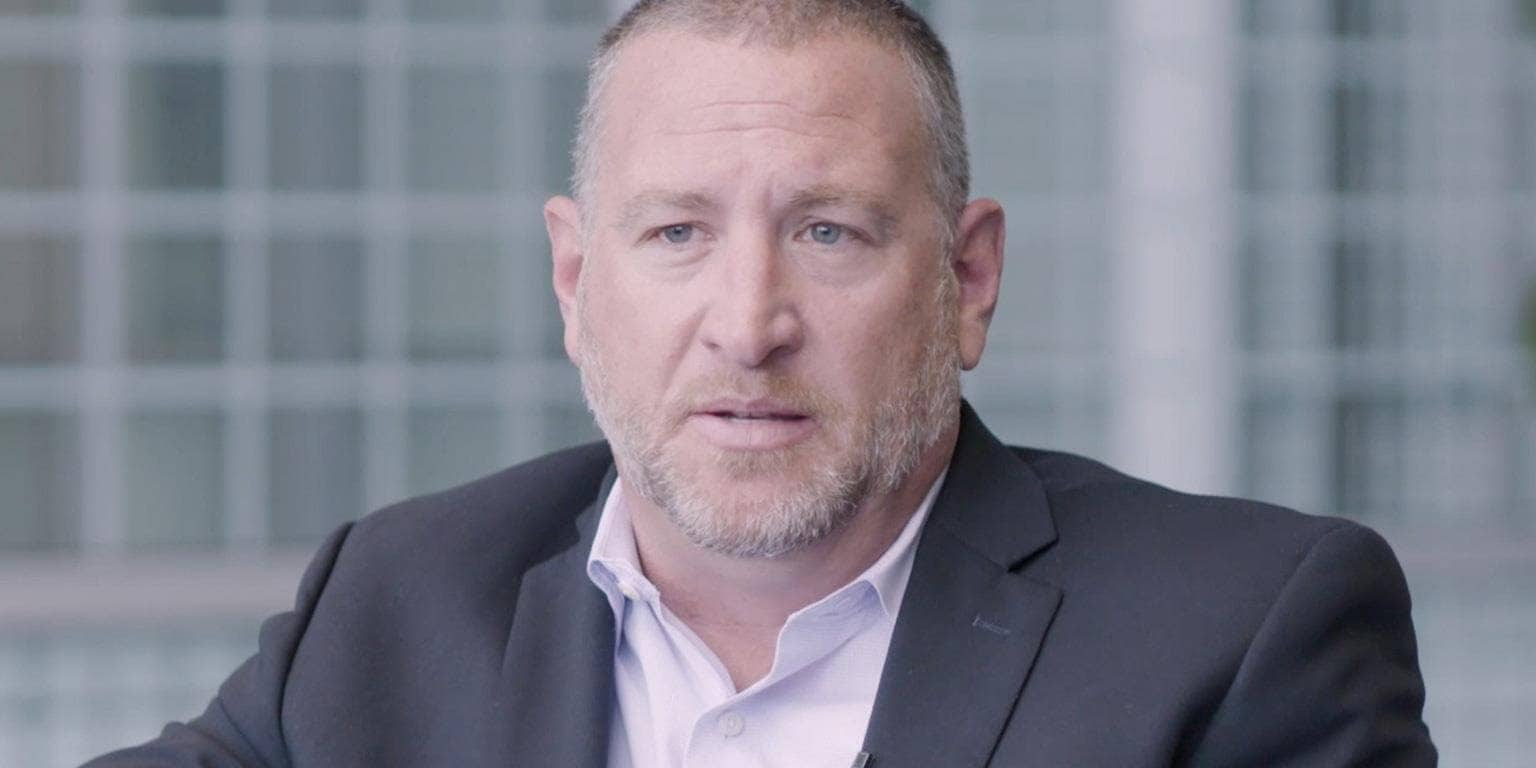










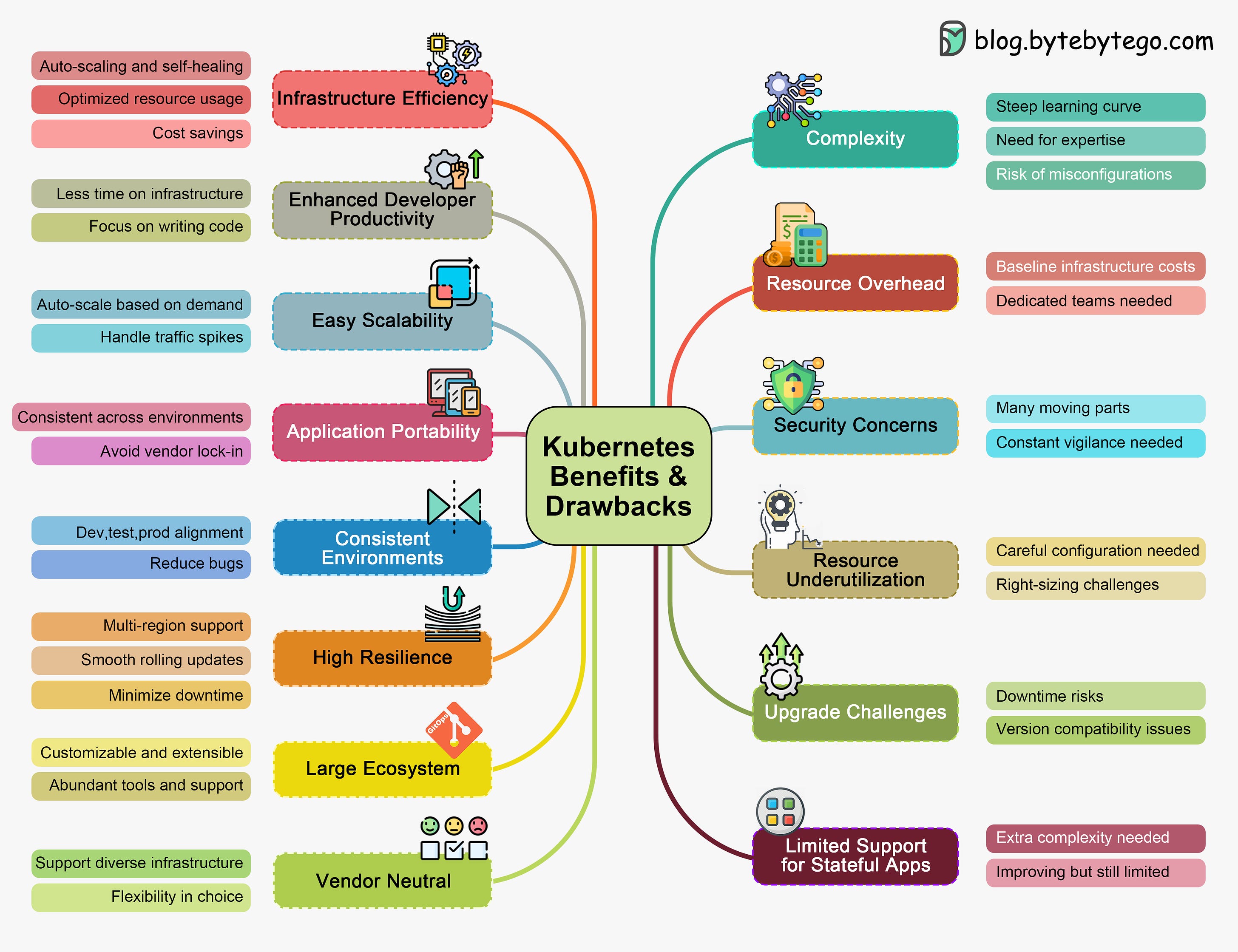
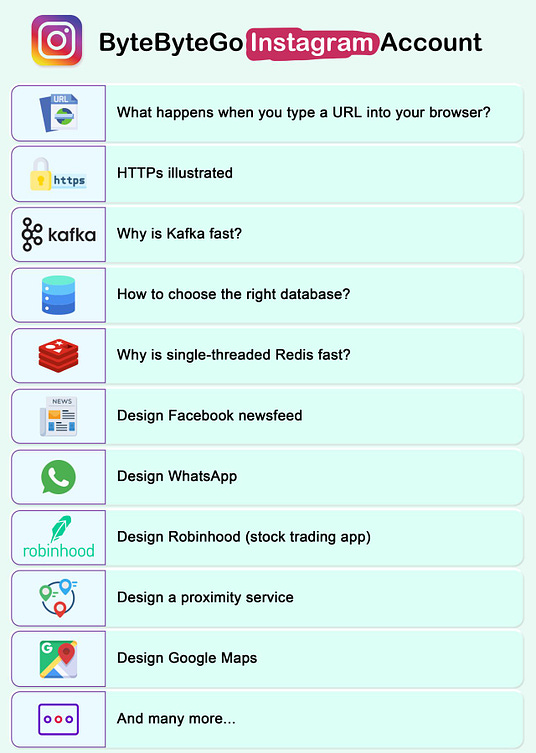
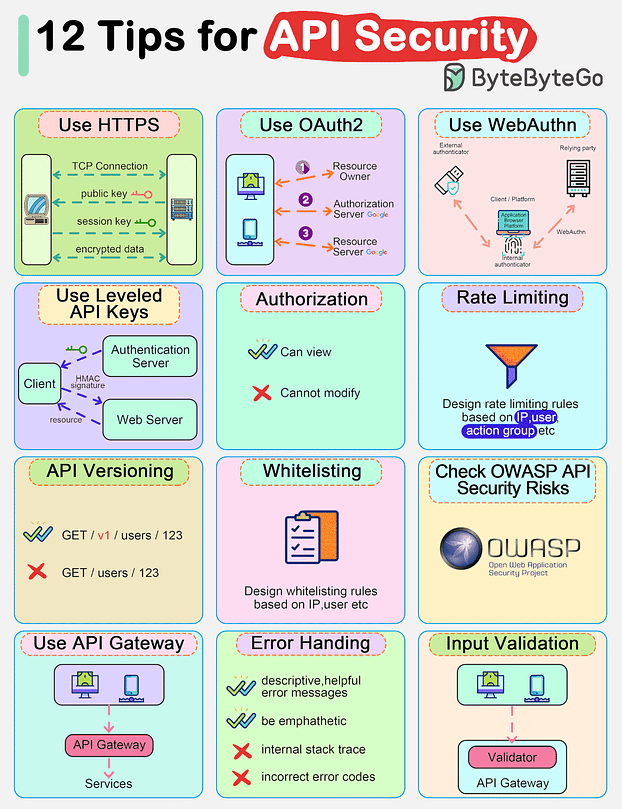
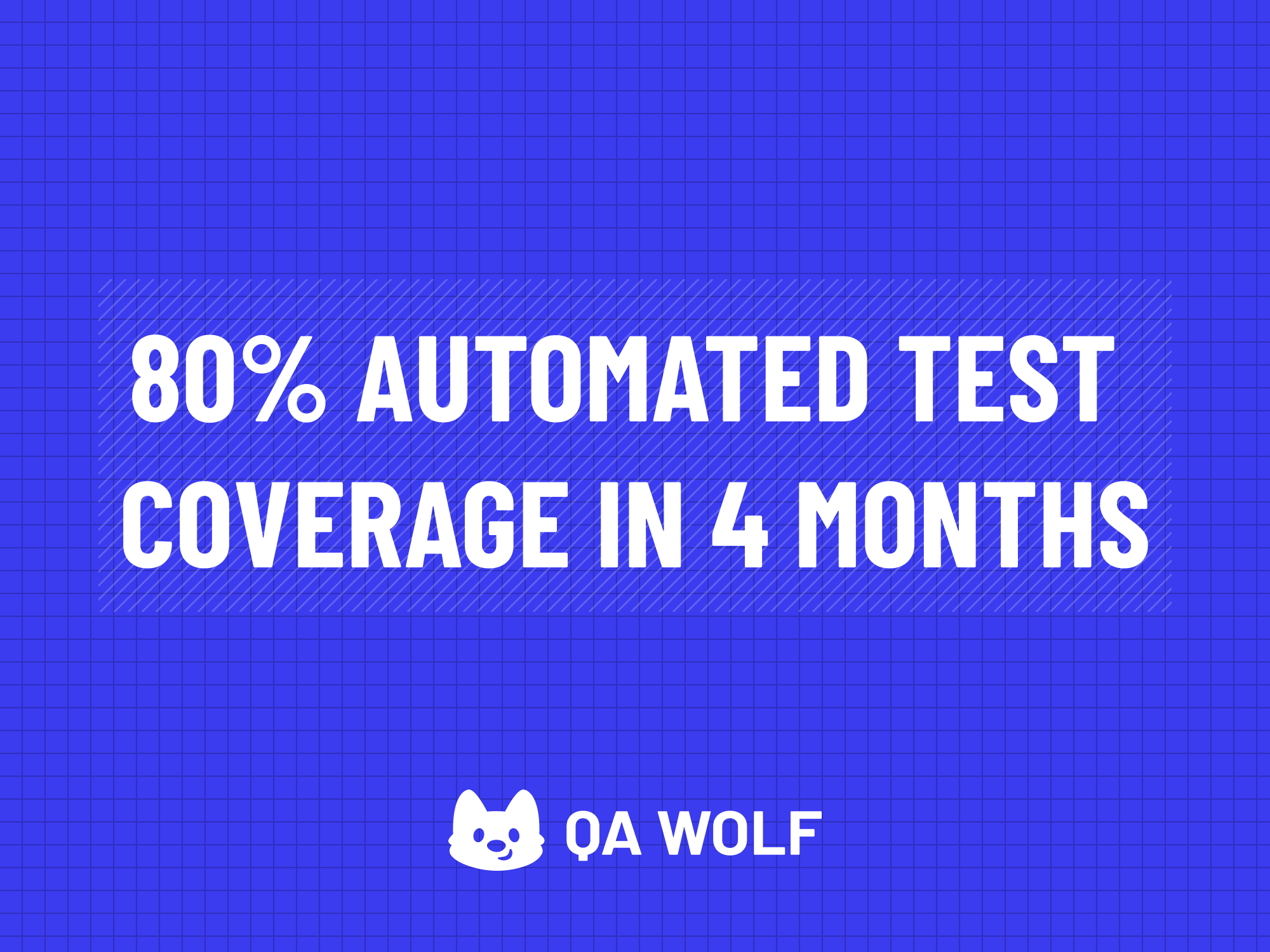
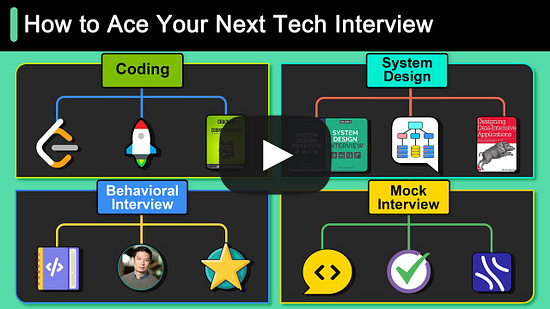
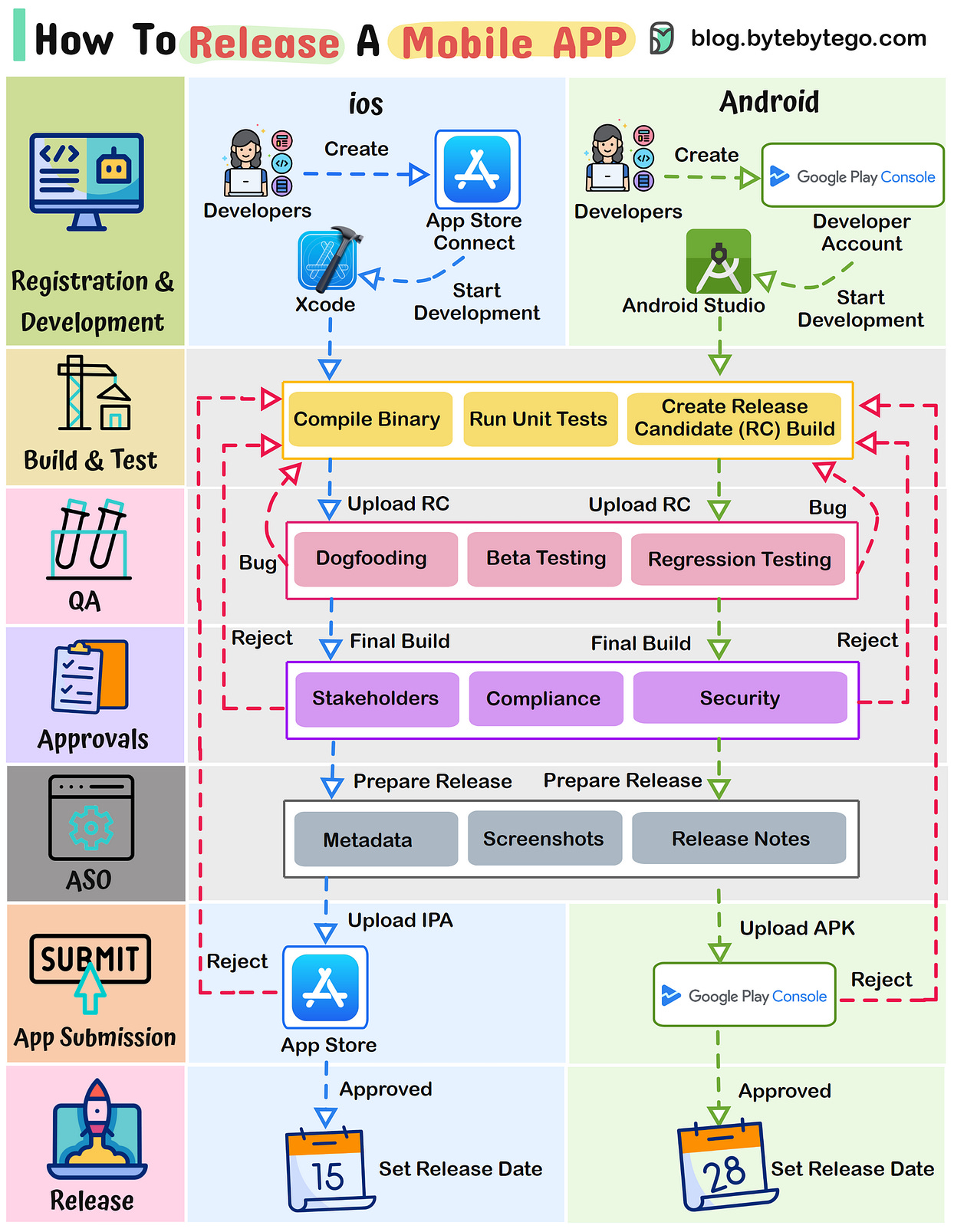
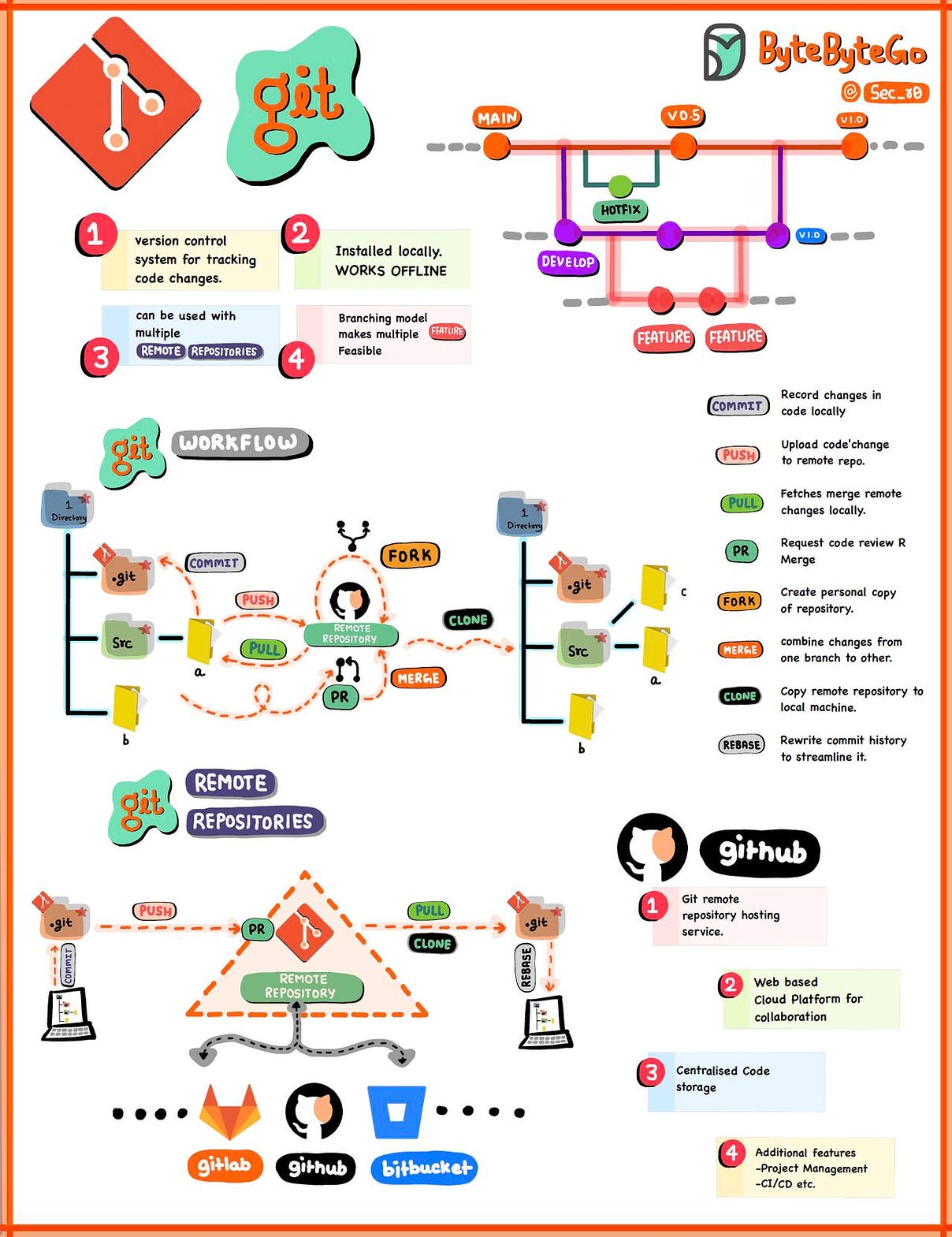
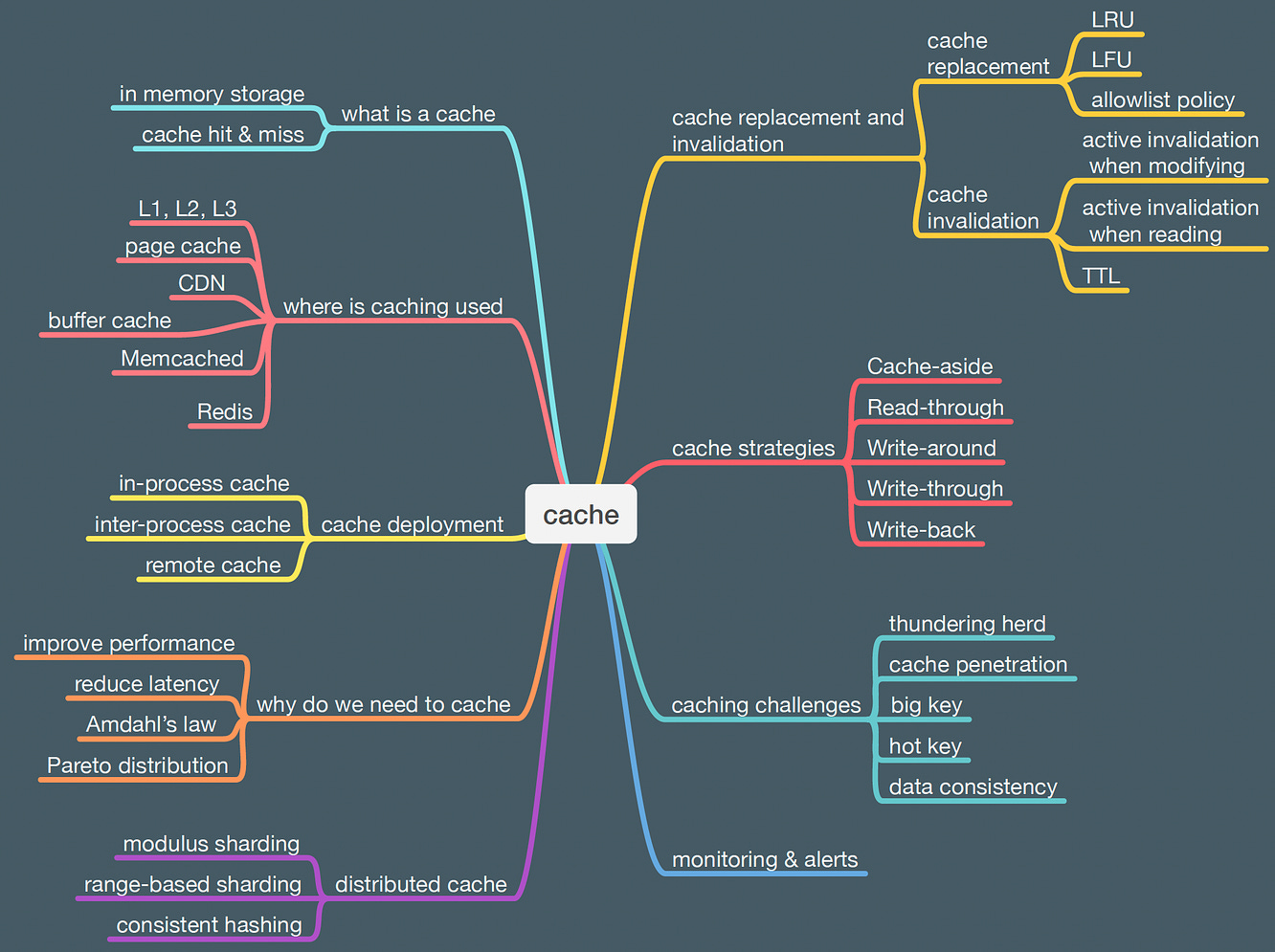



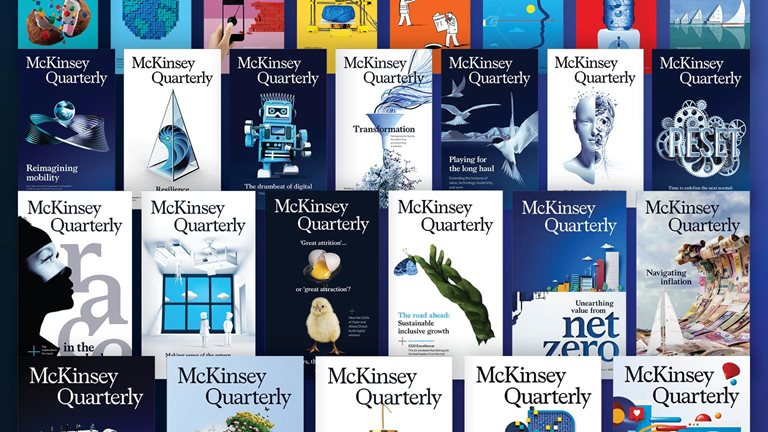


















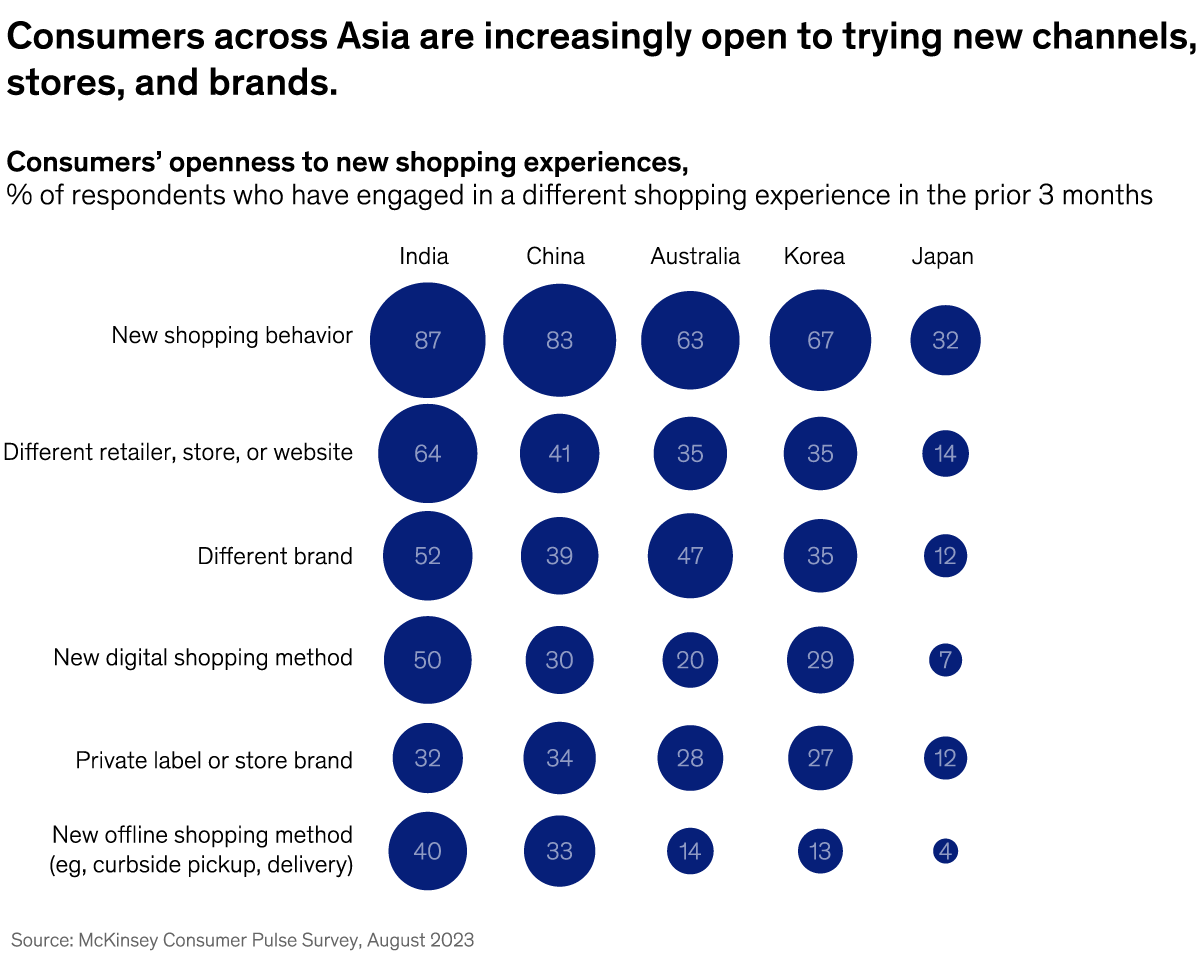



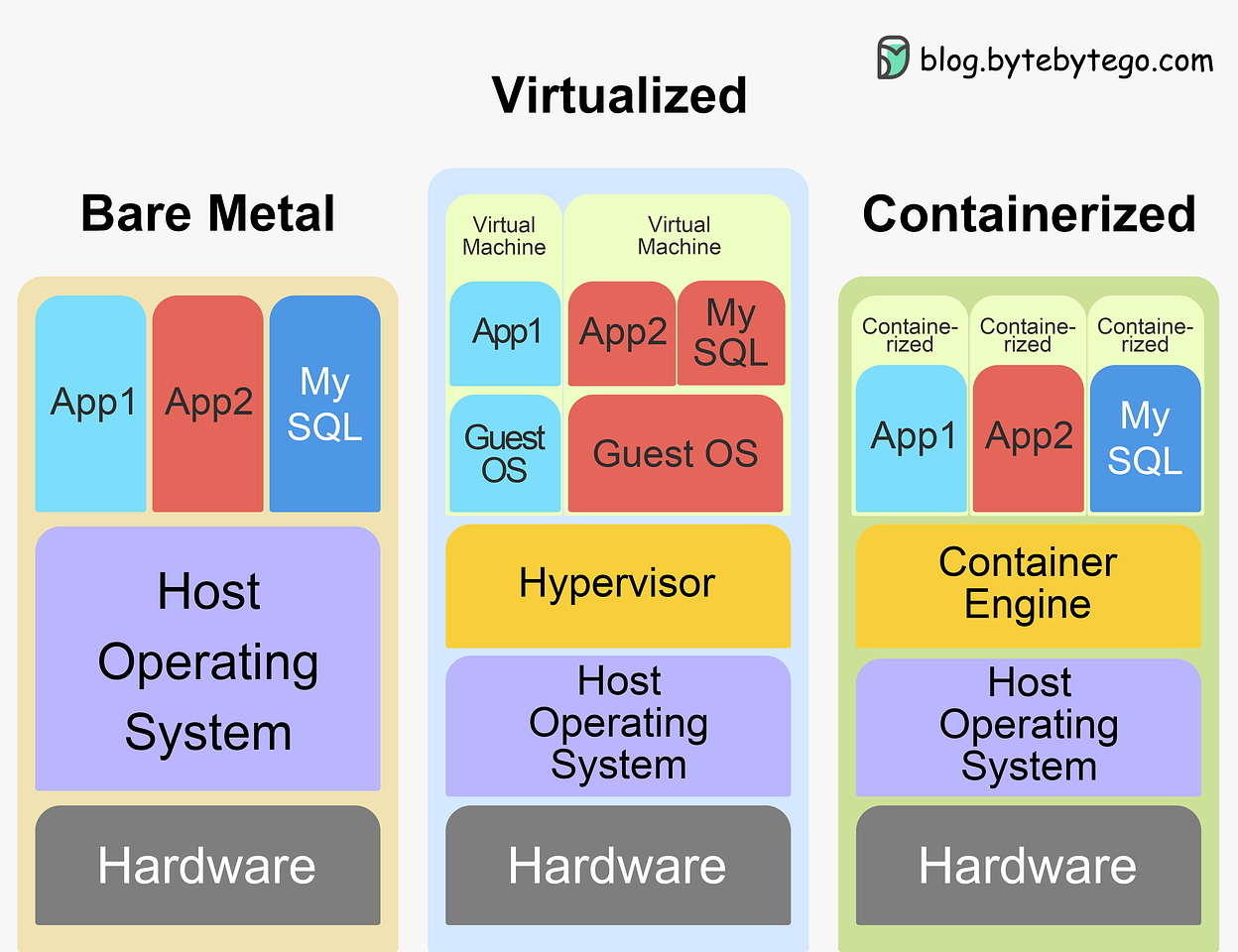
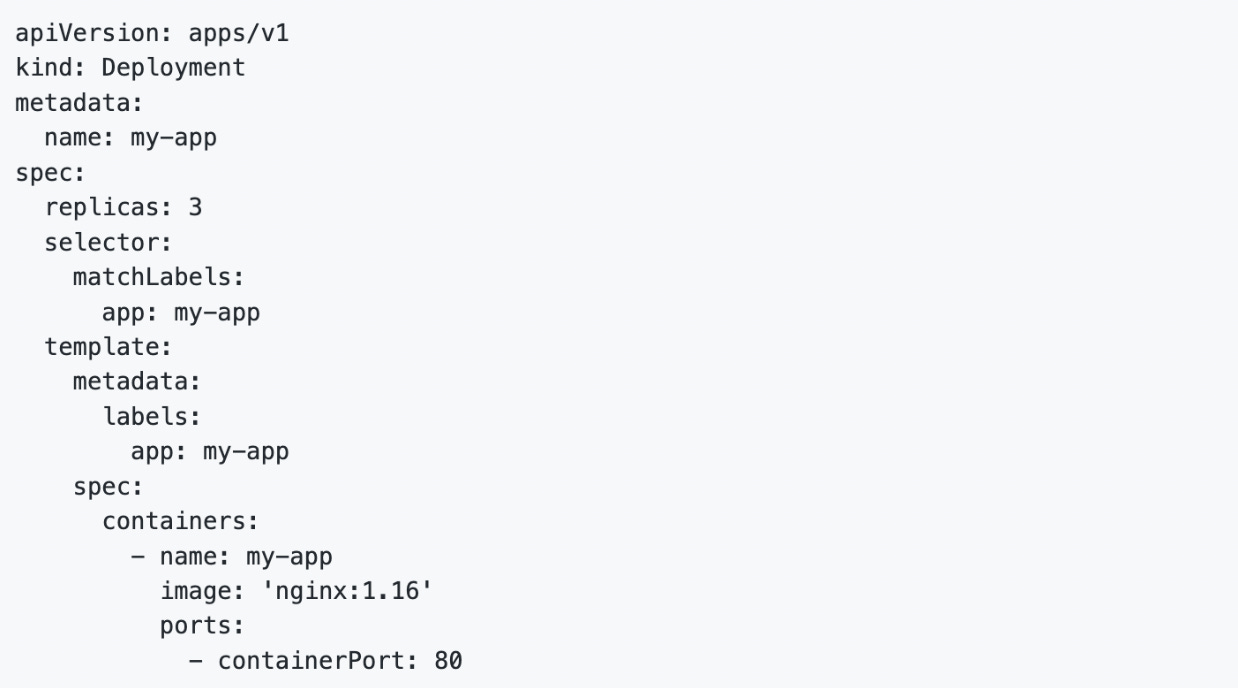
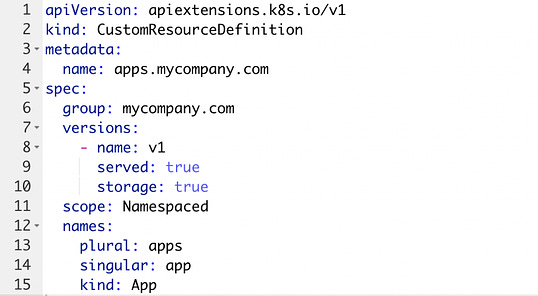

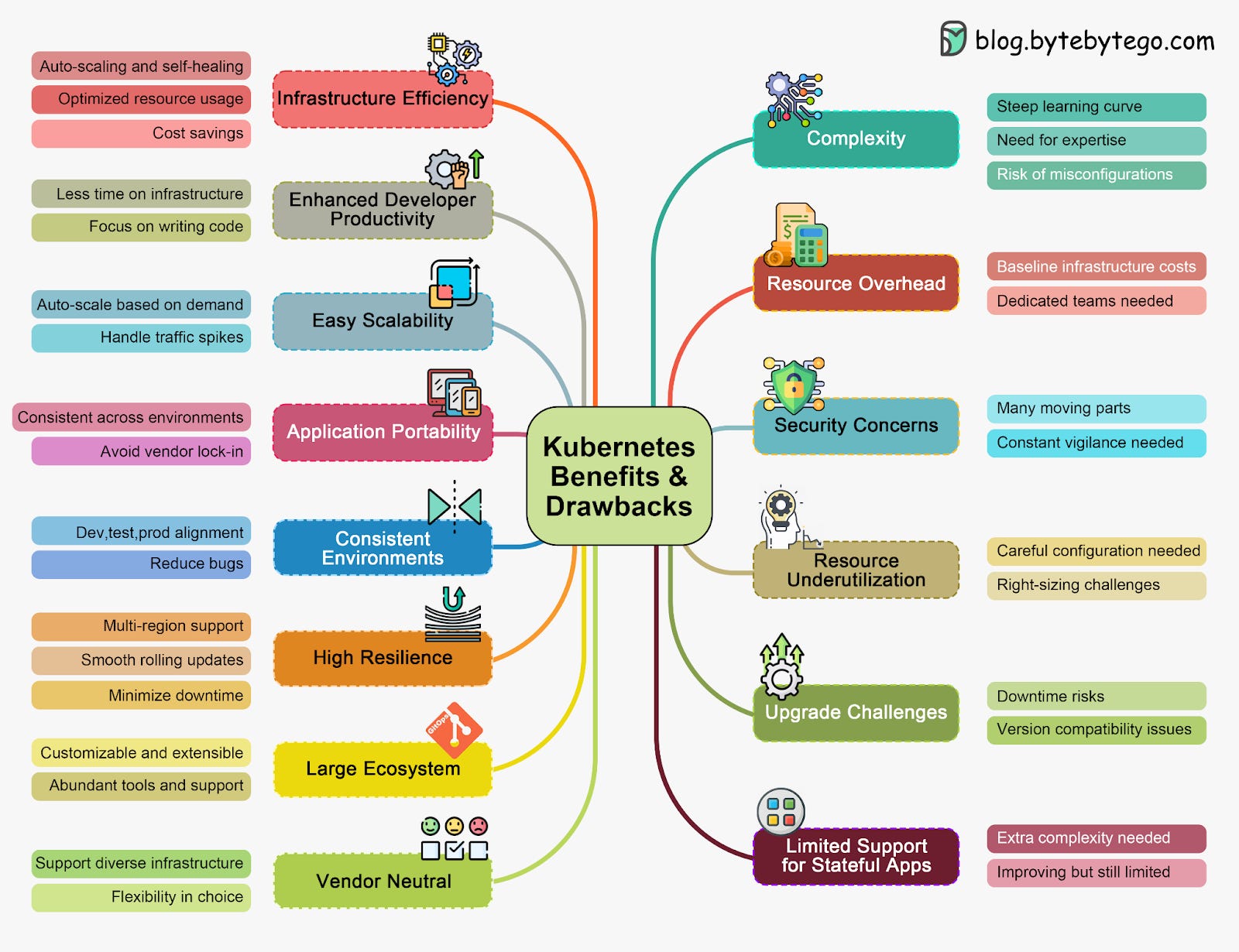
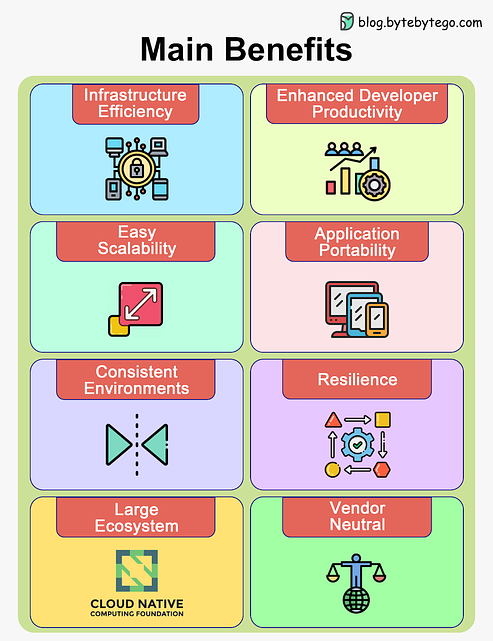
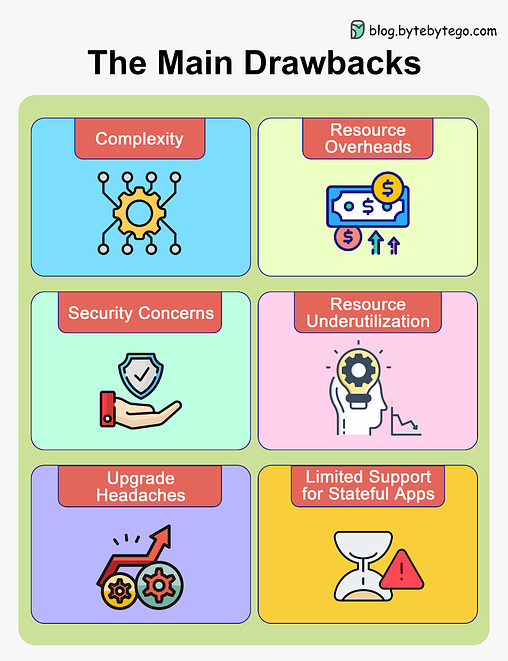
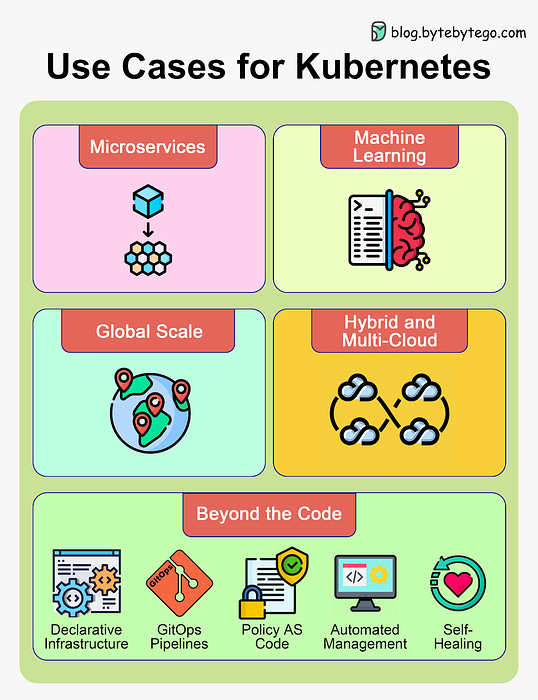

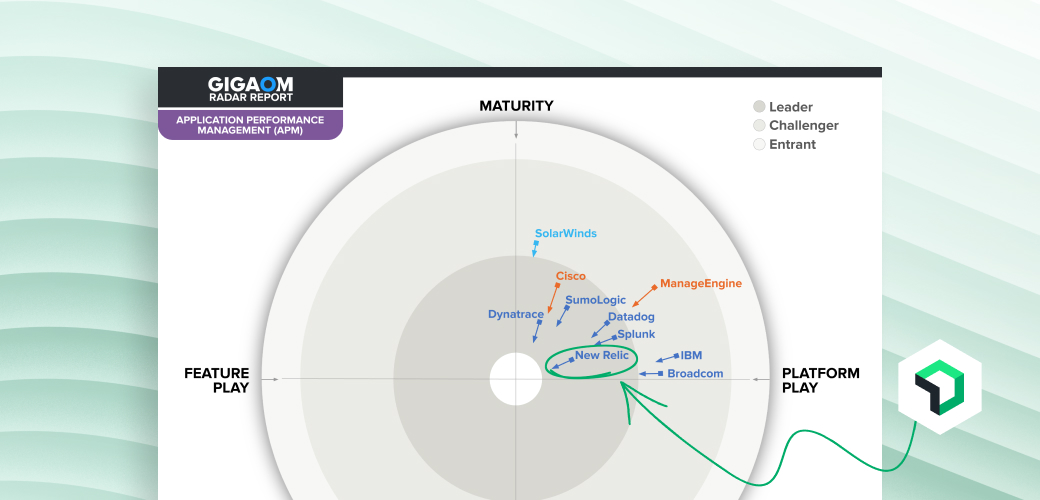

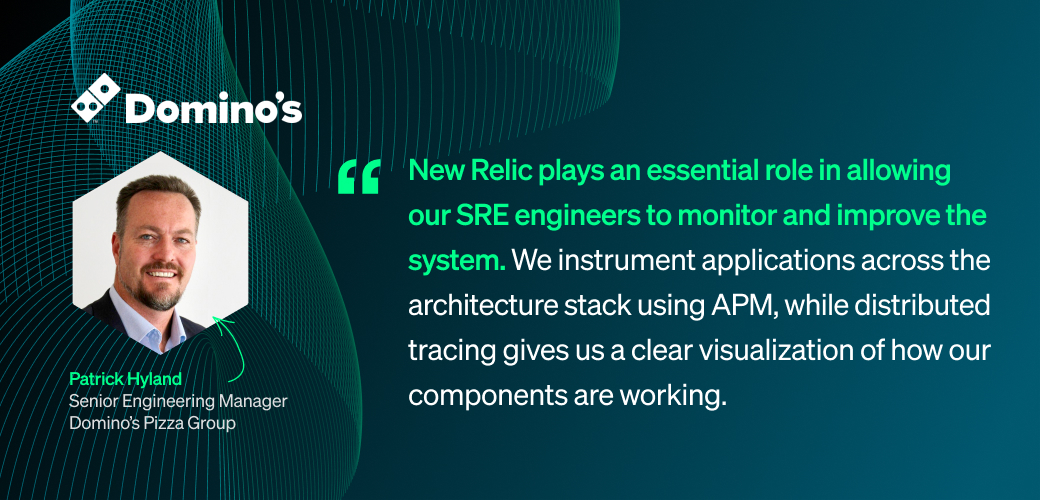
.png)
